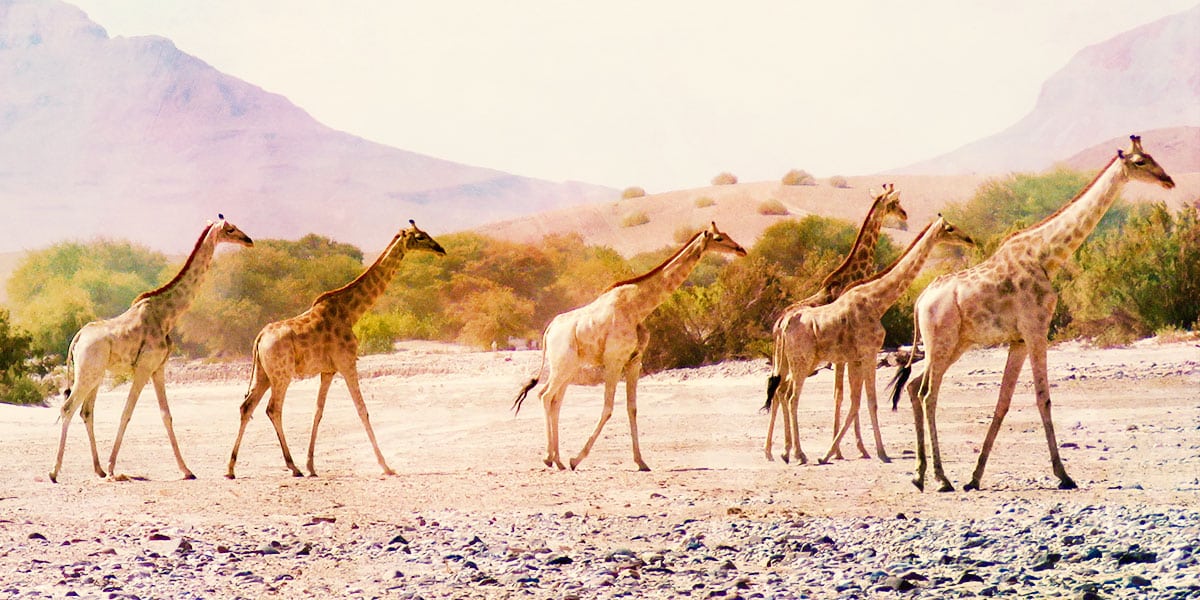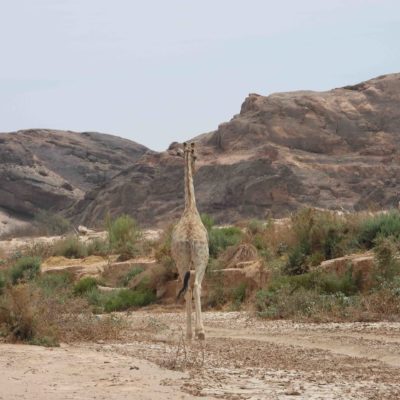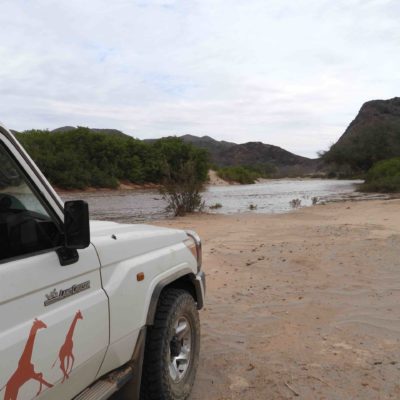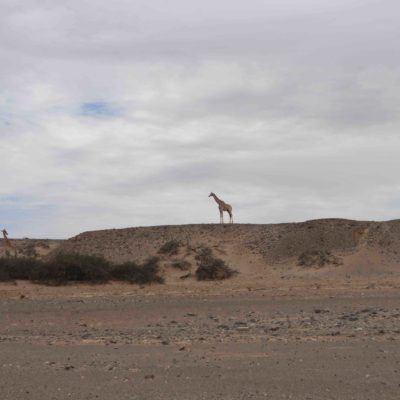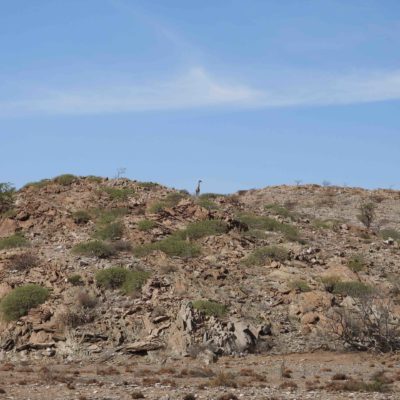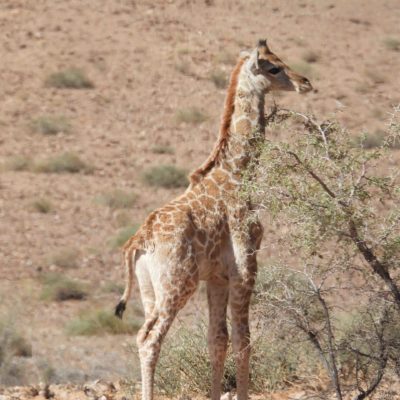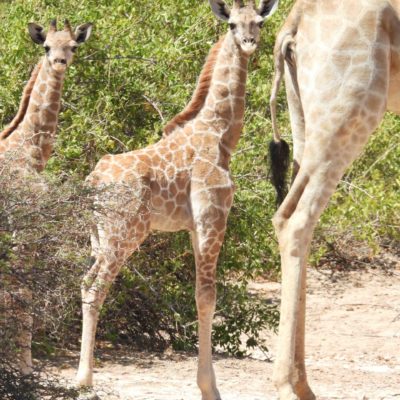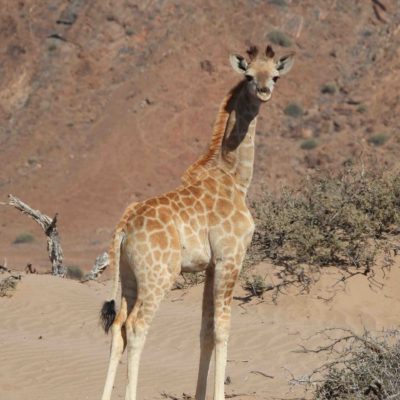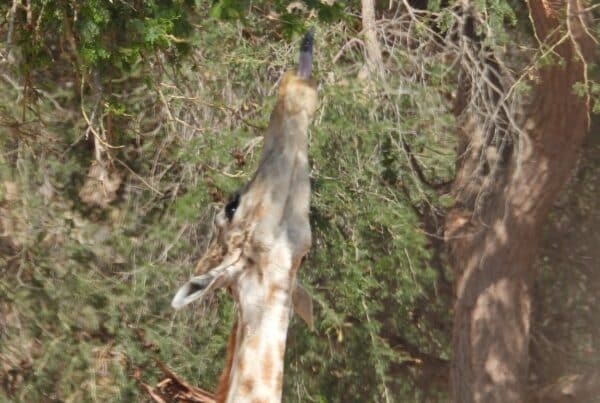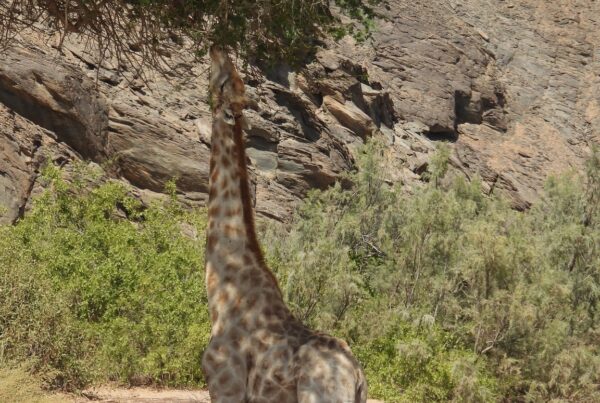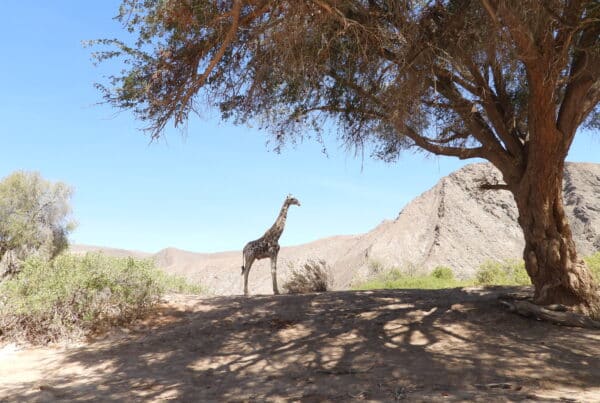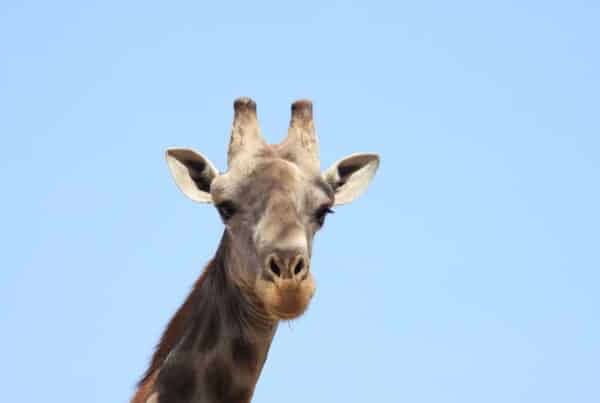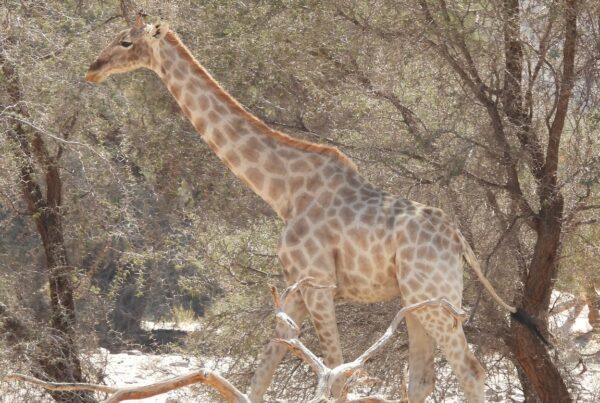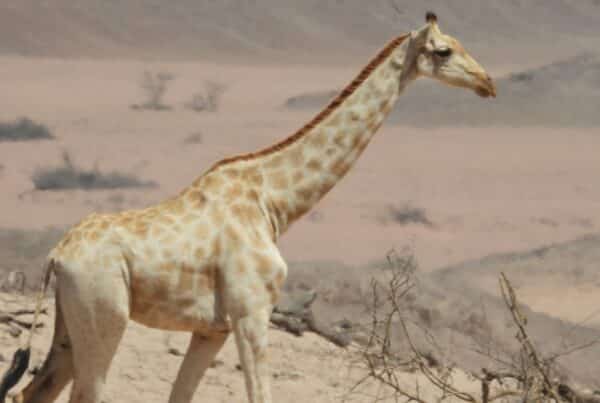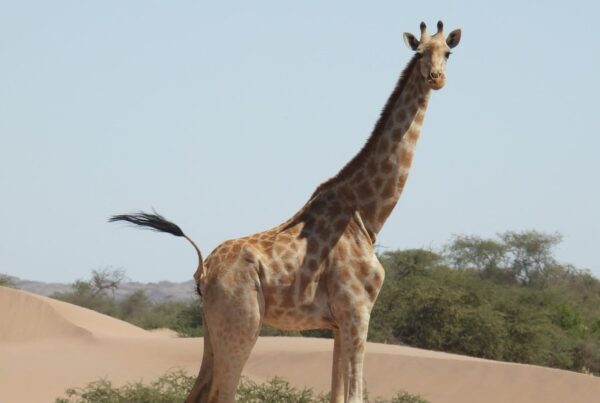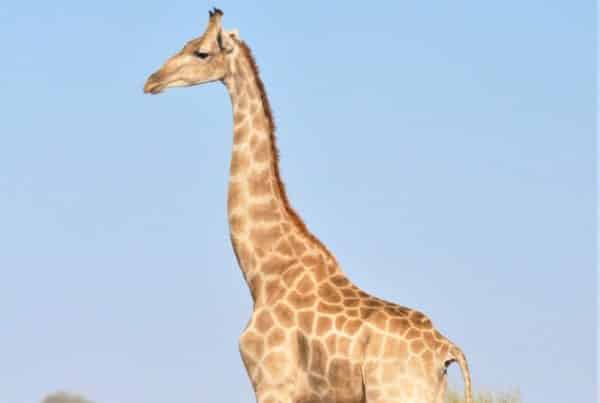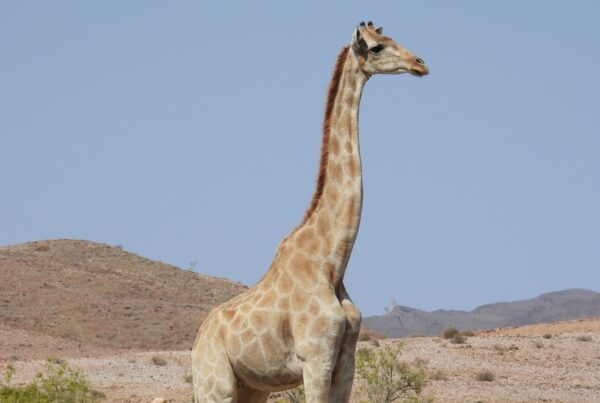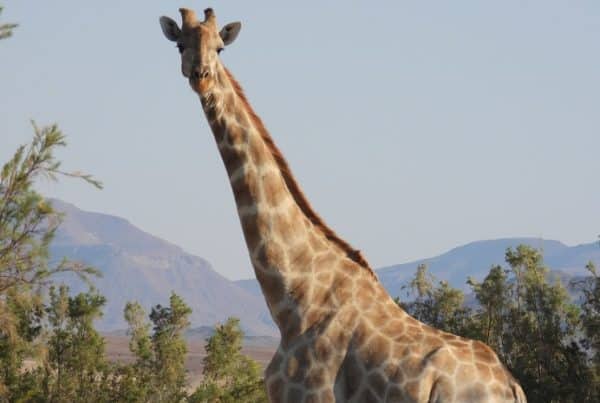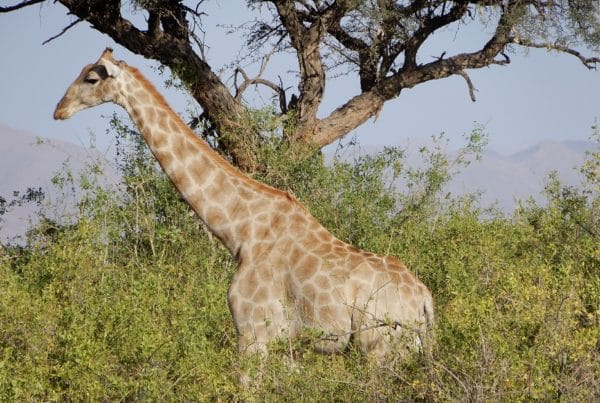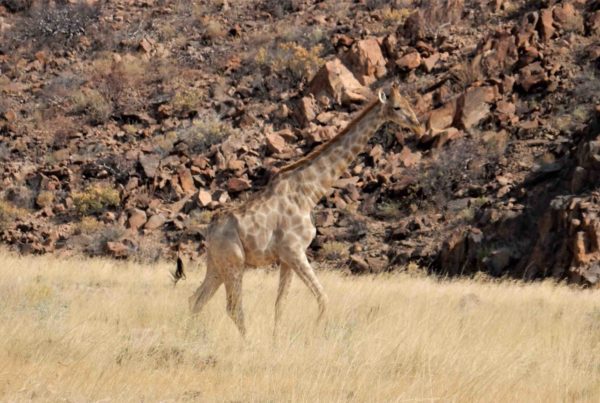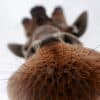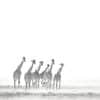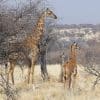2020 certainly was up to a great start in Namibia with the arrival of the much-anticipated rains.
However, just as in the rest of the world, things have changed dramatically due to the arrival of Covid-19 and we are feeling the impact just as everybody else. As an NGO, GCF relies on donations and grants and we want to use this opportunity to thank all of you for your continued support.
We could not do our work without you, so thank YOU!
GCF is dedicated to securing a future for all giraffe populations in Africa and while our hand-on work in the field has somewhat slowed down in most parts of the continent, some of our team members are still in the field – including our team in northwestern Namibia. The rest of us are working from home and focusing on reporting, updating information, data analysis and planning for a time after lockdown. We have some exciting initiatives planned, so make sure to follow us on social media and checking our news!
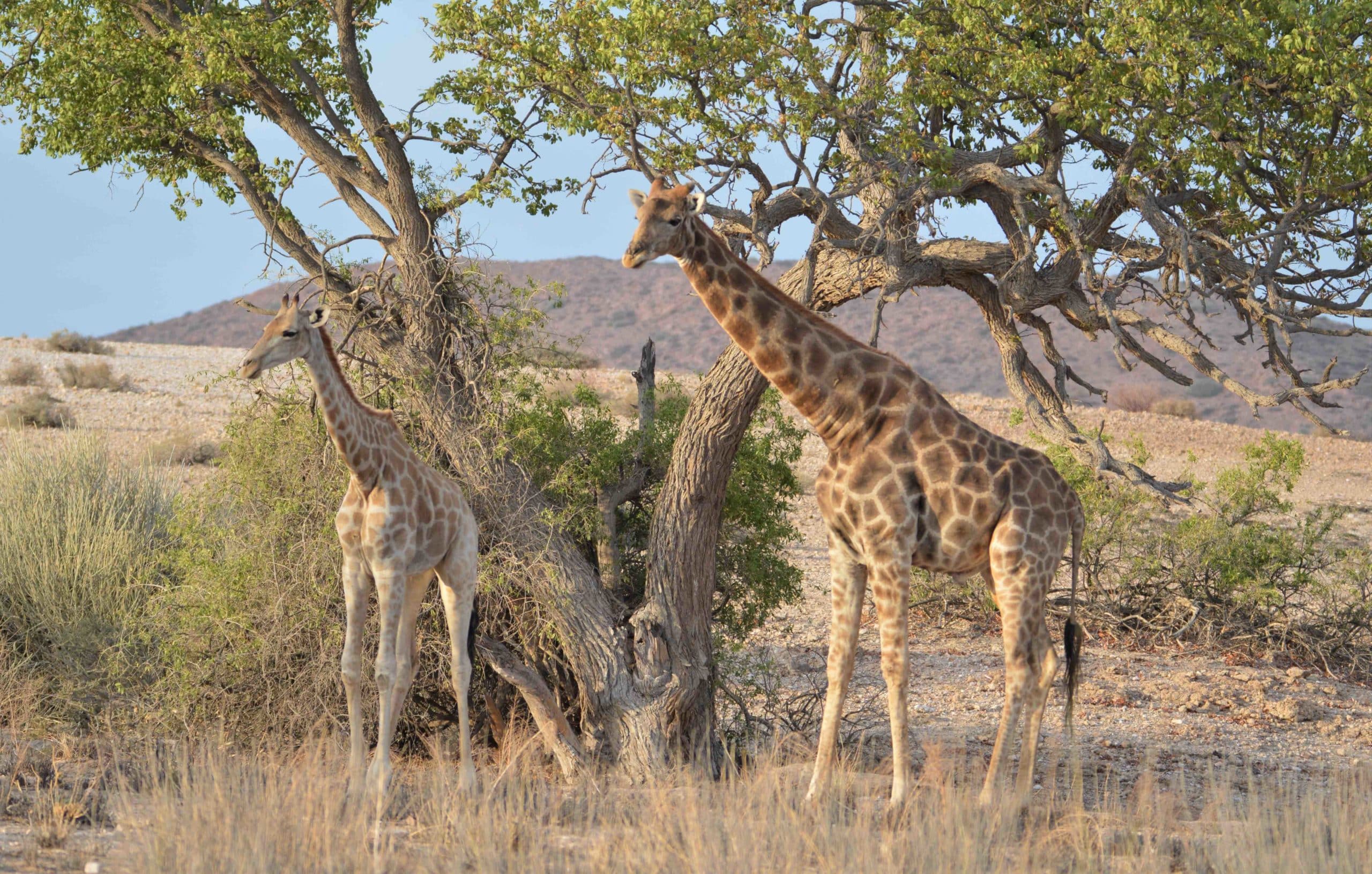
In addition to our commitment to giraffe in the wild, we are also committed to sharing positive conservation stories. We feel that this is particularly important during times like this, when there is so much doom and gloom circulating online. This Adopt-a-Giraffe Update will hopefully cheer you up a little as we focus on some great positive news form the last three months. And for those of you who have been stuck at home for weeks on end now, we hope that you can enjoy the world a little through the eyes of our field conservation researchers, who are still roaming in the vast expanses of beautiful northwestern Namibia.
Windhoek and other parts of central Namibia were blessed with lots of rain in January and February, and this has provided massive relief to vegetation, animals and people alike. Just to be clear, when we talk about ‘lots of rain’ here in Namibia we are referring to about 60mm per month in Windhoek.
Rain is often very localised and patchy in Namibia und by the end of March the far northwest of the country had still not received any significant rainfall. However, that does not mean that the ephemeral (seasonal) rivers in the area remained dry: heavy rains in the central northern part of the country resulted in both the Hoanib and Hoarusib Rivers to flood. Both rivers have large catchments in areas that received good rainfall causing them to flow several times this year.
Each flood, even if it only lasts a few hours or days, helps to replenish the groundwater and sustains the plants along the river, which in turn means fresh yummy food for giraffe and other wildlife. In February, our team was surprised by the Hoanib River flooding as they drove up-river back to camp for the night. Luckily, a quick turn got them out of the riverbed, where they then watched the amazing spectacle of the first flood in an otherwise dry sand river. It was remarkable to see the amount of water rushing down and how the sandy track turned into a fast-flowing river within minutes. This experience was a stark reminder why you should never camp in a dry riverbed and underestimate the potential dangers of ephemeral (seasonal) waterways. Luckily, the team had decided to camp on the correct side of the river, so they were able to head home the next day as scheduled without being stuck on the wrong side for days …
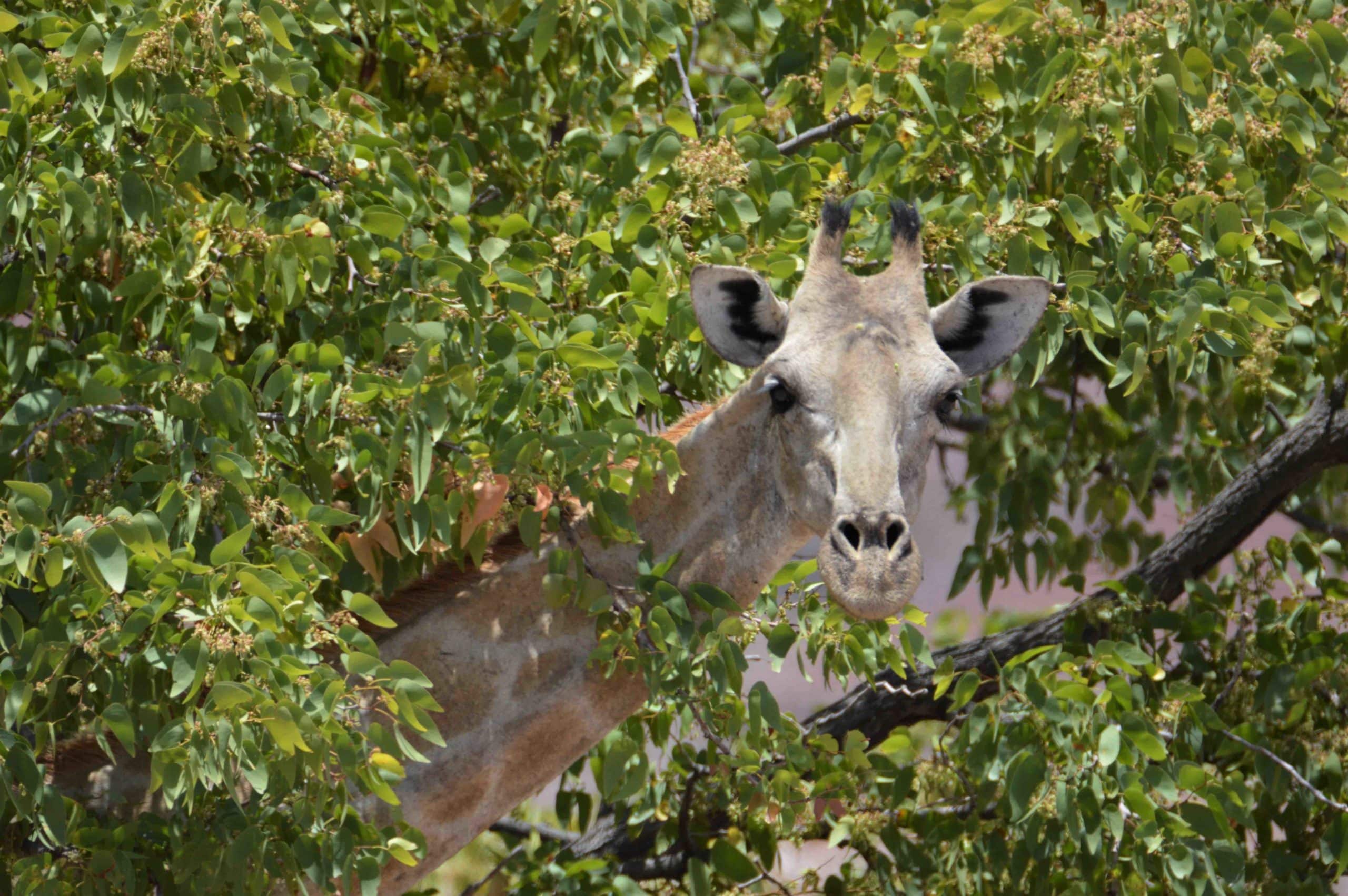
But what do the giraffe do when the river floods? The answer is pretty simple: they head for higher ground. Giraffe seem to sense seasonal changes and tend to migrate to higher and mountainous parts of their range during these times to avoid being caught in a flood. From speaking to local community members and tourism guides in the area, we hear that giraffe typically ‘disappear’ from the Hoanib River during this time of the year. What this means is that people do not see them, and part of our research is to figure out where they go. So, what do giraffe do during the rainy season? The head far west into the Skeleton Coast National Park and toward the floodplains, or up into the mountains where they meet up with giraffe from the Hoarusib River who had the same idea. These areas are not easily accessible at best of times and it does not get easier during the rainy season. Luckily, we have a secret weapon: through our Twiga Tracker programme we can follow the movement of selected giraffe remotely from our office. Innovative solar-powered satellite ossi-units send regular GPS positions to help us understand giraffe movements all over Africa, including northwestern Namibia.
When thinking of giraffe in the wild, you will probably conjure up an image in your mind of a herd of giraffe scattered on lush savannah plains. Hm, not quite how they live in northwestern Namibia. Who would have thought that they gangly legs could navigate such rough terrain and that they would voluntarily climb up those rocky hills. We are often amazed how resilient giraffe are and their choice of favourite hangout spots.
The current total of individually identified giraffe in the region stands at 435 animals and there are no signs that this number is dropping. We have observed some pretty amazing giraffe behaviour during the last couple of months – including from some of our adopted giraffe. Some of our observations suggest that there could be more babies on the way …
Our boys Coffee Bean and Eros were both caught staking their claims on some local ladies. Late last year, we found Coffee Bean fending off other males in an attempt to mate with a female named Kim, who proudly sports one of our ossi-units. In January, we found Eros guarding an unnamed female and both looked ready for some love. We are not sure what type of mixed tape giraffe use for a romantic evening, but Coffee Bean and Eros must have some good ones, as they are both experienced bulls who have likely fathered many offspring already.
Our female adopted giraffe have also shown some romance. Kaoko (a resident of the Hoarusib River) appears to be in a long-distance relationship with a male that we regularly see in the Hoanib River. We spotted them together in the Hoarusib River recently after he travelled over 75 km to meet her. Male giraffe will often travel long distances to find females for mating – luckily for this guy his trip might just have been worth it.

We suspect that Kunene has also found a mate and may be pregnant. We will let you know if she sends out any baby shower invites.
Last but not least, many of you have asked about Windy. When we saw here late last year, she looked VERY pregnant and ready to give birth any moment. After a gestation period (pregnancy) 15 months, we are sure she was ready too. While we spotted her recently with a very full looking udder, we are yet to see her calf. This is not particularly surprising as female giraffe tend to self-isolate before giving birth and hide their calves carefully during the first months while they venture off to find some food. The good news is that Windy looked healthy and is going about all her normal giraffe business, so we are confident that her calf is fine and hopefully she will proudly show it off soon.
As previously mentioned, our long-term study area boasts a 69% calf survival rate, which is much higher than the African average. Giraffe do not have a specific breeding season, but our long-term data has shown that there is a slight peak of giraffe births in the rainy season (December to February). So, while we continue to find new calves year-round, this quarter alone we added 17 new giraffe babies to our database.
Have a look at some of our favourite new baby pics to get you through the self-isolation and social distancing!
It seems that some of our adopted giraffe have practiced social distancing too – or they were just hiding most of this quarter. Add this to the fact that both the Hoanib and Hoarusib Rivers flooded during our March/April trip, which restricted our movements in the area, and we don’t have too many new sightings to report. Sorry! But have a look below and you might still find some surprising news and updates.
Sightings
Coffee Bean
Coffee Bean has walked up and down the Hoanib River a lot this quarter. We spotted him on the riverbanks just outside of the Skeleton Coast National Park, then many kilometres down river in the Hoanib River flood plains close to the coast of the Atlantic Ocean, before walking back upriver again. Coffee Bean has a quiet confidence about him as he knows he is one of the dominate and senior bulls of the Hoanib River.
Dobby
This guy sure knows how to be in the right place at the right time. Recently, we spent a long and very hot day driving along the Khumib River. We were getting slightly frustrated as we did not see a single giraffe along the way. Then in the last 10km stretch we found where all giraffe hung out: we spotted two large, mostly male herds of giraffe as well a few smaller groups. A total of 28 animals! Dobby was part of the largest herd, hanging out with some very large mature males. It is possible that one of the females was in estrus and that male giraffe had travelled from far to try their luck. Or maybe, since the Hoarusib River was in full flood, ‘the boys club’ had simply decided to venture north for a little exploratory trip. Either way, Dobby is growing, maturing and showing to be an active and capable bull. He might decide to move his home range further north and make the far north his home. The many valleys and hiding spots could explain his less frequent sightings.
Eros
Eros did justice to his name this quarter as we saw him in the Mudorib River on a hot day guarding a female giraffe from several subadults. The next time, we spotted him walking along the Hoanib River just a few days after it had flooded. This time, he was leading a parade of bull giraffe who were all likely checking for ladies in distress. Just kidding, male giraffe are not quite that chivalrous. Eros was probably looking for females to breed with and fresh leaf buds to munch.
Kaoko
This quarter we did not see the large herds of 20+ giraffe that we often see on the plains north of the Hoarusib River. These groups likely dispersed due to the recent flooding of the river. Kaoko was one of the few giraffe that stayed around and we spotted her a few times in smaller groups of three to six giraffe doing what she does best: Sleep, eat, ruminate, repeat. Kaoko does not look pregnant but as we noted above, she might have had a romantic interlude around Valentine’s Day. So, keep your fingers crossed for a 2021 calf.
Kunene
Kunene likes to spend time in the Hoanib River floodplains, which are difficult to access at best of times and near impossible to reach during the wet season. As explained above, our movements within the Skelton Coast National Park are very limited and we need to stick to the rather limited network of existing tracks. In February, we spotted six giraffe in the far distance (approx. a kilometre away), but we were not able to identify them. We are confident that we will see Kunene again later in the year hanging around the banks of the Hoanib River when the giraffe return upriver after the rainy season.
Monkey
This time we found Monkey as part of a large herd of 17 giraffe in a thick palm and brush section on the banks of the Hoarusib River. It looked like she enjoyed spending time with some older females, young calves and a few other peers. Monkey seems to enjoy hanging out with friends and we often see her with different giraffe with long distances between sightings. Oh, don’t worry this sighting was before times of social distancing and lockdowns. We are sure Monkey is being good and following directions to keep healthy and safe.
Muffin
Muffin definitely moved somewhere else. He has been AWOL from our long-term study area since last year. We hope he is doing well wherever he migrated to and have removed him from the list of new adoptees for now to avoid further disappointment. However, will definitely let you know when we next spot him.
Windy
As mentioned above, we believe that Windy has given birth as the last time we spotted her, her udder looked very full and her tummy somewhat skinnier. So far, we have not been lucky enough to spot her half, but that is not unusual. You definitely have to be very lucky to find a new- born giraffe calf or even more unlikely a cow giving birth. In 2016, GCF’s Michael Brown, who spent a lot of time surveying giraffe in Uganda’s Murchison Falls National Park, came across a female Nubian giraffe giving birth once – check out this link for Michael’s amazing photos.
When we spotted Windy in January, we found her close to a herd of elephants – which somewhat restricted our movements and ability to search for the calf. When we saw her again in February, as part of a larger group of giraffe, we still did not see the calf but both times we observed that her udder looked full – a good sign that the calf was most likely well and healthy tucked away in the bushes. This sighting was inside the Skeleton Coast National Park and while our permit allows us to enter the park for surveys, we are not allowed to create new tracks and limit our movements to keep the park pristine. She gave us the slip in March, but we are happy that she looks healthy and well. We will keep on the lookout for her calf in the near future.
Winky Wonk
Unfortunately, we did not see Winky Wonk this quarter. However, as our movements and places we could visit were impacted by multiple floodings of the ephemeral rivers in the areas he could quite possibly have been on the other bank or just around the corner during our surveys.
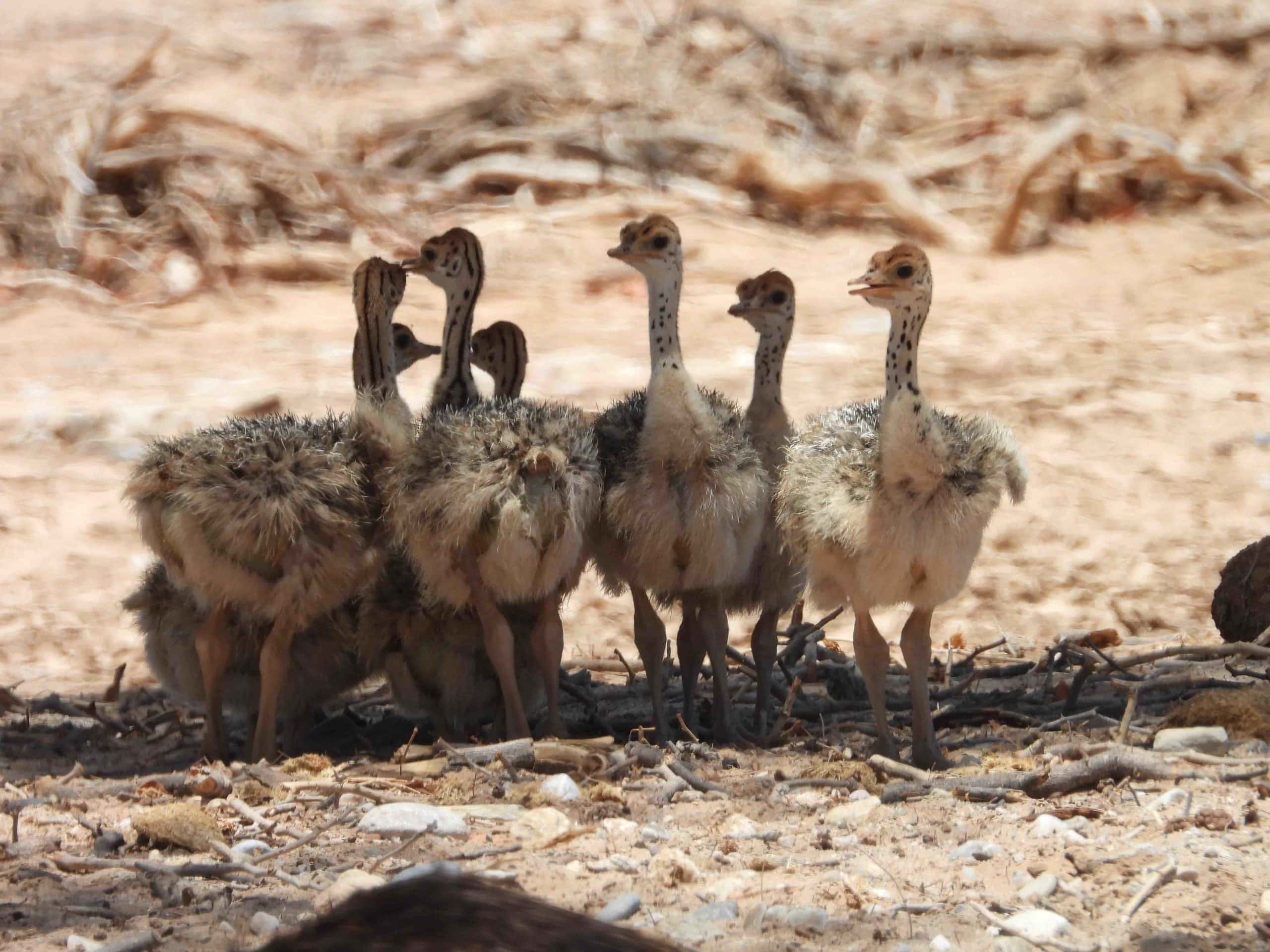
Hopefully these updates on our adopted giraffe have put a smile on your face and brightened up your day during these trying times. We look forward to bringing you more news from the giraffe population in northwestern Namibia in a few months. Hopefully by then, the world will have returned to a bit more normality or settled in to its new normal, whatever that will be. Until then, we hope you are all staying safe at home and practicing social distancing – just like the giraffe (well most of them anyway)!
Thanks again for your support.
You continue to make giraffe conservation in north-western Namibia and throughout Africa a reality!
Get Involved, Stay Involved
Give
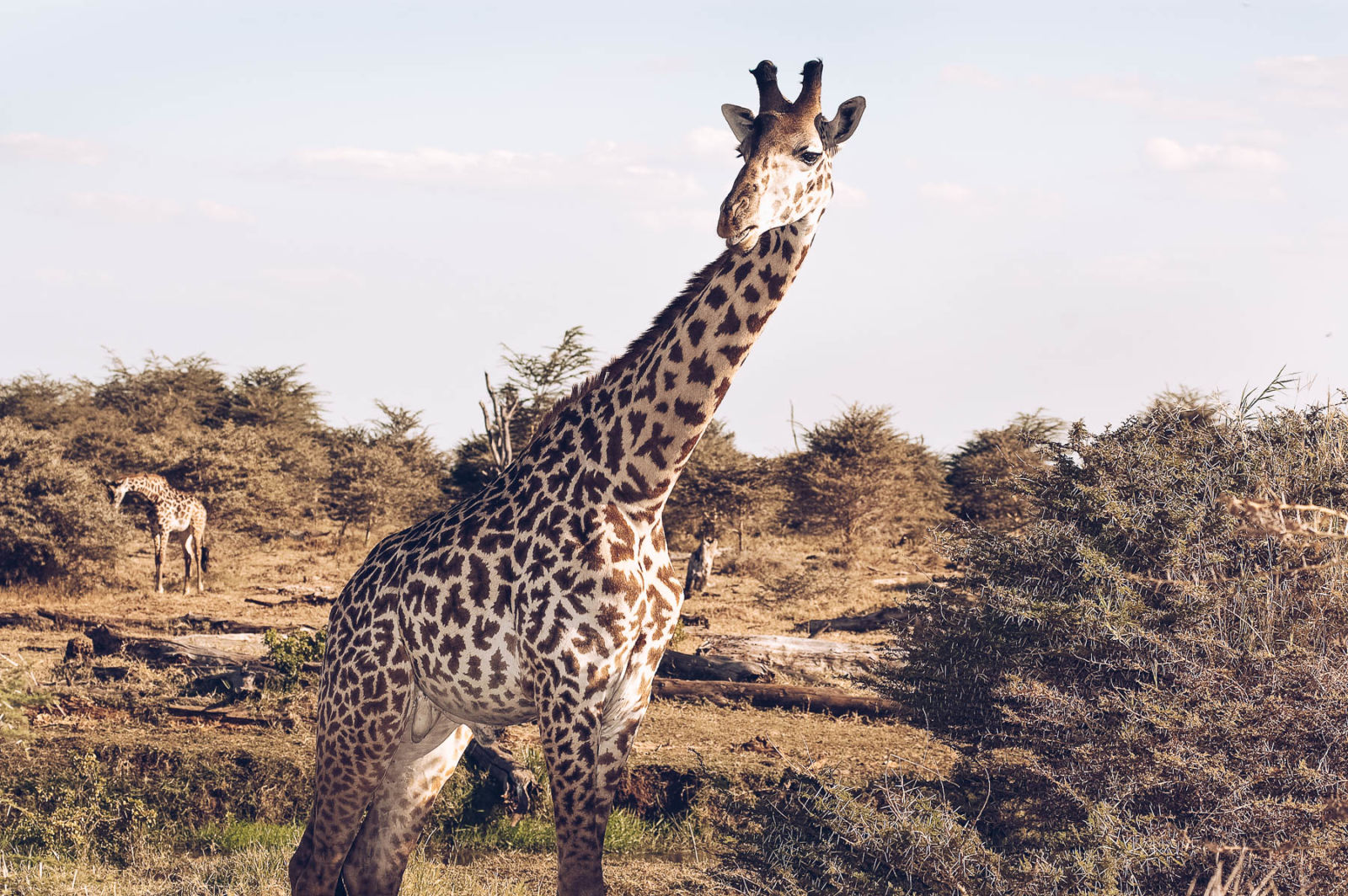
Donations are the bread-and-butter of our conservation work.
Your donations directly contribute to our ability to ensure a sustainable future for giraffe in Africa.
Adopt
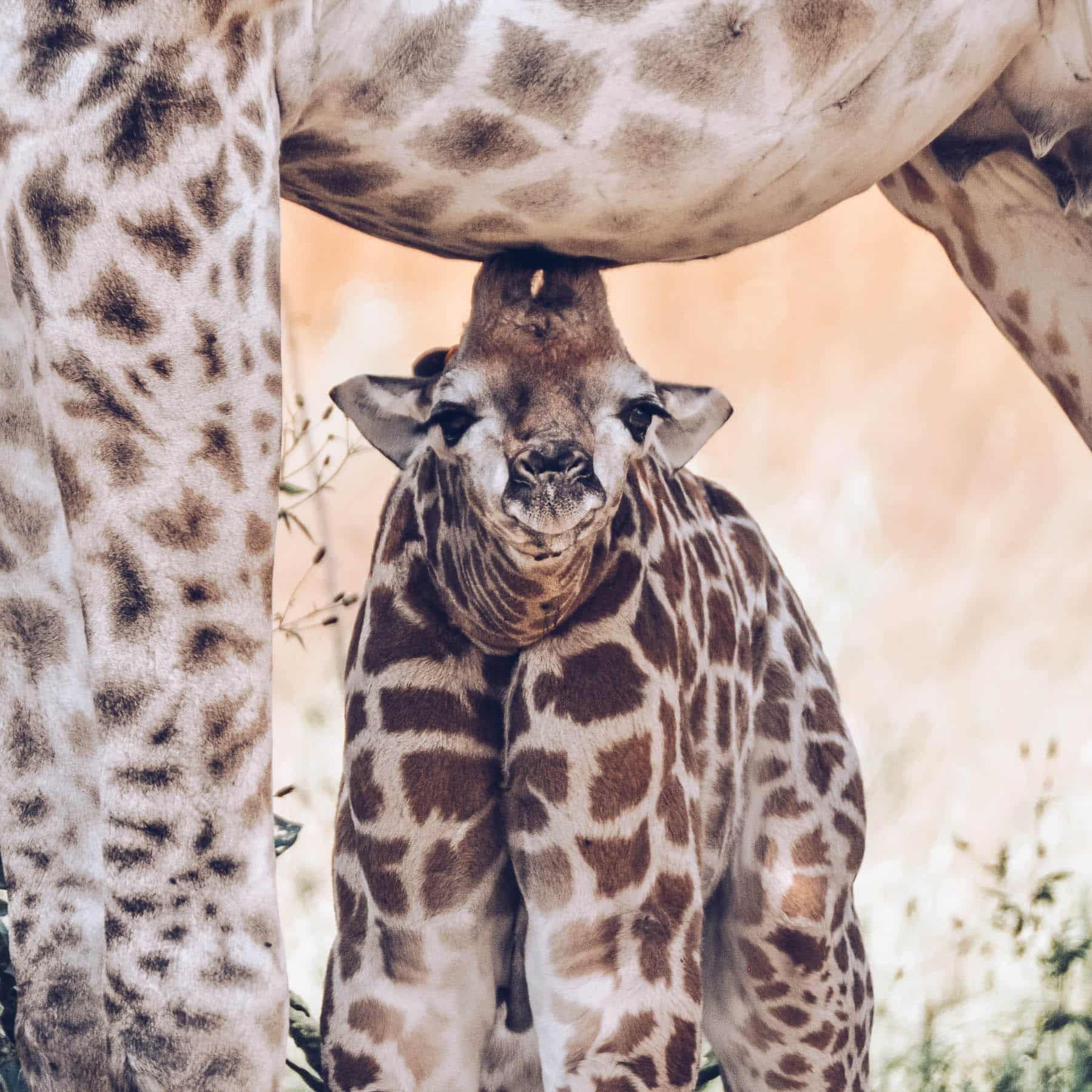
Giraffe Adoptions give you a personal connection to GCF’s work.
Much like donations, adoptions directly fund our conservation work.
Spread the Word
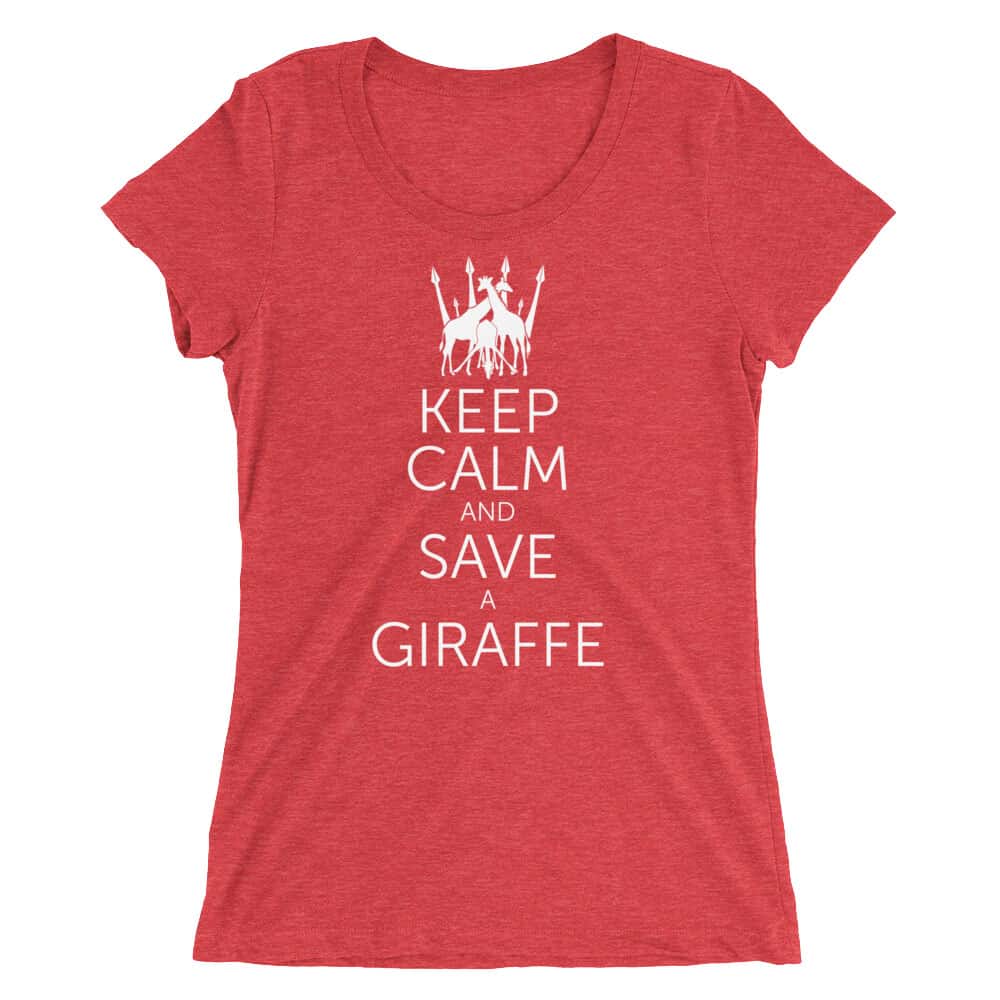
Wear our official apparel to support our work, and our message.
By buying official GCF gear, you’re supporting our work in two ways:
- You are literally wearing the message to help spread the word about giraffe endangerment.
- Funds from each purchase directly support our conservation work in Africa.

